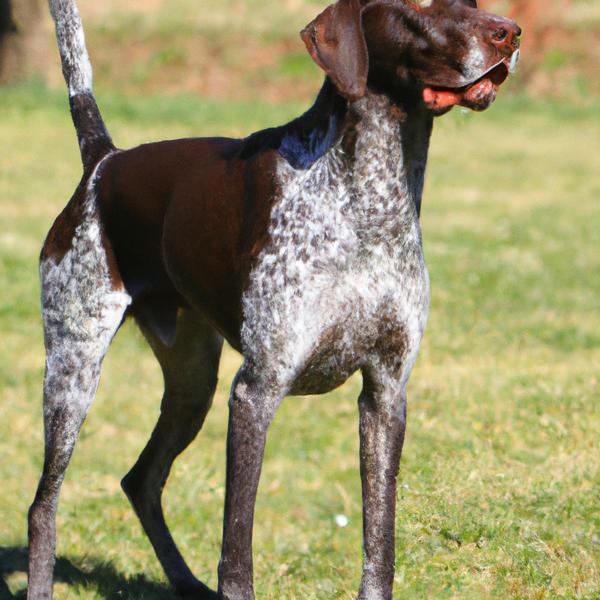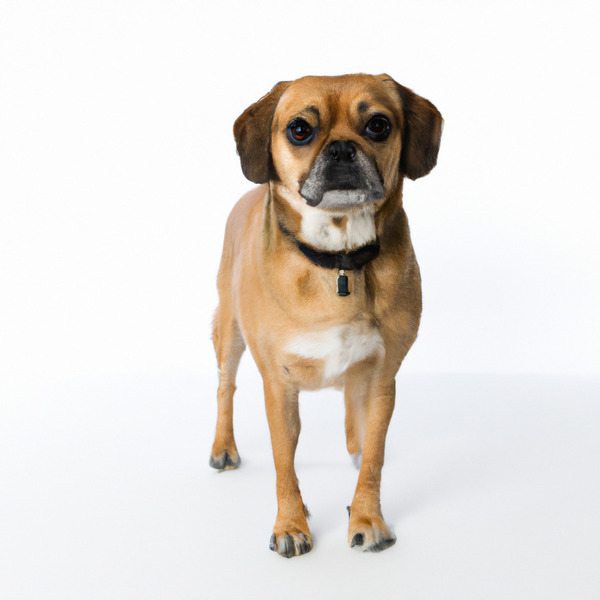German Shorthaired Pointer vs. Puggle: Breed Differences and Similarities
Weight Gain Potential
Which breed eats more: German Shorthaired Pointer or Puggle?
German Shorthaired Pointer has average risk of obesity, needs daily walks and quality diet to maintain healthy weight.
Puggle tends to gain weight easily, needs increased exercise and playtime along with controlled food intake.
Hypoallergenic
Are German Shorthaired Pointers or Puggles hypoallergenic, or neither?
Unfortunately, neither German Shorthaired Pointer nor Puggle are hypoallergenic, which may not make them the best choice for dog lovers who suffer from pet allergies.
Temperament
What are the personalities of German Shorthaired Pointer and Puggle dogs?
Affectionate
Bold
Intelligent
Boisterous
Cooperative
Trainable
Affectionate
Friendly
Loyal
Social
Cheerful
Intelligent
Playful
Shedding Level
Do German Shorthaired Pointers shed more than Puggles, or which breed sheds more, German Shorthaired Pointers or Puggles?
German Shorthaired Pointers are moderate shedders, but regular brushing can reduce shedding and maintain coat health.
Puggles shed a lot of hair each year, so frequent brushing is essential for reducing shedding and maintaining coat health.
Watchdog Ability
Which dog breed makes a better watchdog, the German Shorthaired Pointer or Puggle?
The German Shorthaired Pointer and Puggle dogs are average watchdogs. If they sense something different, these breeds will alert their owner.
Origin
What is the origin of German Shorthaired Pointer and Puggle dog breeds?
Germany
United States
Ancestry
What are the origins of German Shorthaired Pointer and Puggle breeds?
german bird dog, spanish pointers, bloodhounds
Beagle and Pug
Breed recognition
Which kennel clubs recognize/register German Shorthaired Pointer and Puggle?
American Kennel Club
Canadian Kennel Club
Federation Cynologique Internationale
Kennel Club of Great Britain
Australian National Kennel Council
New Zealand Kennel Club
United Kennel Club
Dog Registry of America Inc.
American Canine Hybrid Club
Designer Breed Registry
Designer Dogs Kennel Club
International Designer Canine Registry
Date of Birth
When were German Shorthaired Pointer and Puggle breeds first developed?
1600s
1980s
Eye Color Possibilites
What are the eye colors of German Shorthaired Pointer and Puggle dogs?
Brown
Brown
Nose Color Possibilites
What are the natural nose colors of German Shorthaired Pointer and Puggle?
Black
Brown
Black
Coat Color Possibilites
What are the natural colors of the coat for German Shorthaired Pointer and Puggle breeds?
Brown
Black
White
Pied
Black
Fawn
Red
White
Coat Length
What is the typical coat length for German Shorthaired Pointer and Puggle breeds?
German Shorthaired Pointers have medium-length coats.
Puggles have short coats.
Coat Density
What is the density of the coat of German Shorthaired Pointer and Puggle?
Coat Texture
What is the hair texture of German Shorthaired Pointer and Puggle?
Wiry
Straight
Litter Size
What is the usual litter size for German Shorthaired Pointer and Puggle?
A German Shorthaired Pointer can have a litter of 12-14 puppies on average. However, it's worth noting that the size of the litters can vary greatly. Factors that can influence litter size include the health of the mother, breeding history, and genetics.
A Puggle can have a litter of 10-15 puppies on average. However, it's worth noting that the size of the litters can vary greatly. Factors that can influence litter size include the health of the mother, breeding history, and genetics.
Adaptability
German Shorthaired Pointers are known for their adaptability and can adjust well to different environments and lifestyle changes.
Puggles are highly adaptable and versatile, making them excellent companions for families and individuals of all lifestyles.
Health Issues
Between German Shorthaired Pointer and Puggle, which breed is more prone to health problems?
The German Shorthaired Pointer and Puggle breeds are commonly healthy with low vet costs, regular check-ups may not be as necessary but it's important to keep an eye on their health and have them checked by a veterinarian when needed.
Major Concerns
What are the major health concerns for German Shorthaired Pointer and Puggle breeds?
Hip Dysplasia
Stenotic Nares
Entropion
Intervertebral Disc Disease
Congenital Heart Defect
Legg-Calve Perthes Disease
Minor Concerns
What minor health issues should be kept in mind when owning German Shorthaired Pointer and Puggle?
Entropion
Cherry Eye
Progressive Retinal Atrophy
Cataracts
Hemivertebrae
Subvalvular Aortic Stenosis
Von Willebrand's Disease
Acral Mutation Syndrome
Lupoid Dermatitis
Patellar Luxation
Cherry Eye
Glaucoma
Hip Dysplasia
Epilepsy
Hypothyroidism
Corneal Ulcer
Occasional Tests
What occasional tests are recommended for German Shorthaired Pointer and Puggle breeds?
Cardiac
Eye
Hip
Dna Test For Vwd
(Blood)
Skeletal
Skin Scraping
Eye
Blood
Heart
Liver Ultrasound
X-Rays
Physical Examination
Allergy Tests
CT or MRI scan
Energy
How do the energy levels of German Shorthaired Pointers and Puggles compare?
German Shorthaired Pointers thrive on an active lifestyle due to their high-energy nature.
Puggles are suitable for those with a balanced lifestyle as they have an average energy level.
Social Needs
German Shorthaired Pointer vs Puggle social needs comparison
German Shorthaired Pointer and Puggle have average social needs compared to other breeds. They are known to be less active and independent than other breeds, and they are content with spending time alone and with their human family.
Exercise Needed
German Shorthaired Pointer vs Puggle exercise need comparison.
German Shorthaired Pointers need high physical activity and are ideal for active individuals, but not suitable for sedentary lifestyles or small apartments.
Puggles need moderate physical activity and are great for families and active individuals.
Sleeping Need
Which of the two sleeps the most/least: German Shorthaired Pointer or Puggle?
German Shorthaired Pointers are active and require sufficient sleep to stay healthy.
Puggles have moderate energy levels and typical sleep patterns of 12-14 hours per day.
Drooling Tendency
Which drools more/less, German Shorthaired Pointer or Puggle?
German Shorthaired Pointer has low drooling tendency, suitable for those who dislike drool marks.
Puggle minimally drools, ideal for those who dislike drool marks on clothing.
Tendency to Bark
Do German Shorthaired Pointers or Puggles bark more/less frequently?
German Shorthaired Pointer and Puggles tend to bark moderately, they bark when necessary, such as to alert their owner or to communicate something. They may also bark due to certain triggers like fear, alarm, boredom, greeting, separation anxiety and compulsive barking.
Territorial
Is the German Shorthaired Pointer or Puggle a better guard dog?
While German Shorthaired Pointer dogs can defend their territory or owners, it's not their primary trait, and they are not ideal guard dogs.
Puggle dogs may not be the best choice as guard dogs because they do not have a strong instinct to defend their territory.
Mouthiness
Mouthiness Comparison: German Shorthaired Pointer vs Puggle?
Roaming urge
German Shorthaired Pointer vs Labrador: Running away tendency?
Prey Drive
German Shorthaired Pointer or Puggle - which breed has a higher level of prey drive?
Past times
What are some enjoyable activities and ways to keep German Shorthaired Pointer and Puggle entertained?
Car rides, Running, Playing fetch, Sniffing, Swimming, Walk, Run, Walking, Kisses, Walki, Hunt, Shake, Tracking, Play, Playdate, Play keep away, Fetch, Escaping, Hike, Swim, Nap, Camp, Backpack, Train, Travel
Sleeping, Eating, Chew Toys, Lots of sleep, Walking, Fetch, Beach, Walk, Tug-of-war, Cuddle, Play, Cuddling
Activity Level
Which breed has higher energy, German Shorthaired Pointers or Puggles?
German Shorthaired Pointers are high-energy dogs. They need mental as well as physical exercise. These dogs require a lot of your involvement and without it they can, and will, become problematic dogs.
Puggles are medium-energy dogs and typically enjoy socializing and playing casual or even sustained games of chase with other dogs. They may also have occasional periods of barking or racing around the house.
Tolerance of being left alone
Walks per Week
How many miles should German Shorthaired Pointer or Puggle walk each week?
There's really no limit to how far you walk your dog as long as they're comfortable. For German Shorthaired Pointer, it's at least 14 miles / week. Just remember to build distance and stamina gradually over time.
There's really no limit to how far you walk your dog as long as they're comfortable. For Puggle, it's at least 8 miles / week. Just remember to build distance and stamina gradually over time.
Activity per Day
Do German Shorthaired Pointers or Puggles require more exercise?
In general most German Shorthaired Pointers usually need at least 90 minutes of exercise daily. This can be spread across the day and include all sorts of high-energy activities, like walking, running and playing.
In general most Puggles usually need at least 25 minutes of exercise daily. This can be spread across the day and include all sorts of high-energy activities, like walking, running and playing.
Grooming
Which breed is easier to maintain in terms of grooming, German Shorthaired Pointers or Puggles?
German Shorthaired Pointer and Puggle are breeds of dogs that do not require extensive grooming.
Brushing Frequency
What is the recommended brushing frequency for German Shorthaired Pointer and Puggle dogs?
German Shorthaired Pointer and Puggle should be brushed at least once a week. Of course, you can give them more frequent brushes if you find that they are still shedding a lot.
Brushing Tools
What brushing tools are used for German Shorthaired Pointers and Puggles?
Slicker Brush
Deshedder
Nail Clipper
Pin Brush
Slicker Brush
Comb
Nail Clipper
Cups
How much food should be given to German Shorthaired Pointer or Puggle in cups?
For an average 55-70 pound (25 - 32 kg) German Shorthaired Pointer feed 2.8 cups daily. But, keep in mind, the amount you feed is going to be dependent on the quality of the food you are feeding.
For an average 15-30 pound (7 - 14 kg) Puggle feed 2 cups daily. But, keep in mind, the amount you feed is going to be dependent on the quality of the food you are feeding.
Daily Cost
Which breed has a higher daily cost, German Shorthaired Pointer or Puggle?
German Shorthaired Pointer and Puggle have a similar average daily cost of around $1.70 - $2.00.
Monthly Cost
Which breed has a higher monthly cost, German Shorthaired Pointer or Puggle?
When it comes to monthly expenses, both German Shorthaired Pointer and Puggle have a similar average cost, ranging from $48 - $63. This results in an average yearly cost of around $576 - $756.
Intelligence
Comparing Intelligence: German Shorthaired Pointers vs Puggles
German Shorthaired Pointer is a very intelligent and trainable breed.
Puggle has below average obedience intelligence, but they excel in understanding human emotions.
Sensitivity Level
How do German Shorthaired Pointer and Puggle compare in sensitivity?
This breed is sensitive and requires gentle handling and a calm home environment.
Puggles have average emotions and adapt well to different situations.
Affection Dependance
Which is the more affectionate dog breed: German Shorthaired Pointer vs Puggle?
Apartment Friendly
Which breed is more apartment-friendly: German Shorthaired Pointer or Puggle?
The German Shorthaired Pointer is not suitable for apartments and requires a large yard to thrive. Pent-up energy in small spaces can lead to destructive behavior.
Puggles make excellent apartment dogs, being fairly active indoors and not requiring a yard.
Child Friendly
Do German Shorthaired Pointers or Puggles have a friendlier temperament towards children?
German Shorthaired Pointers are good with kids if socialized and trained from a young age.
Puggles make excellent family pets for kids due to their gentle, protective nature and calm temperament.
Senior-friendly
Which dog is more suitable as a pet for the elderly - German Shorthaired Pointer or Puggle?
Cat Friendly
Do German Shorthaired Pointer or Puggle breeds have a better compatibility with cats?
German Shorthaired Pointers are not cat friendly.
Puggles are average in their friendliness toward cats and tend to do well with them, especially if raised together.
Dog Friendly
Which breed is more sociable with other dogs: German Shorthaired Pointer or Puggle?
German Shorthaired Pointers are friendly and active companions, and can be good family pets, though their friendliness towards other dogs may vary.
Puggles are generally very friendly towards other dogs, with a happy and affectionate temperament.
Pet friendly
How do German Shorthaired Pointer or Puggle dogs interact with other pets?
Stranger Friendly
Which breed is more friendly with strangers: German Shorthaired Pointer or Puggle?
German Shorthaired Pointers are averagely friendly around strangers but benefit from early socialisation.
Puggles are highly friendly around strangers.
Playfulness
Which breed is more playful between German Shorthaired Pointer and Puggle?
German Shorthaired Pointers are very playful, so adopting an older one might be a better option for a more relaxed experience.
Puggles are a playful breed that needs daily playtime to be happy.
Trainability
How do the trainability levels of German Shorthaired Pointers and Puggles compare?
The German Shorthaired Pointer is highly intelligent and eager to please, making it a great choice for both novice and experienced dog owners due to its easy trainability.
Puggles may require more time and patience to learn commands, but with consistency, they can be trained.
Compare German Shorthaired Pointer with other breeds
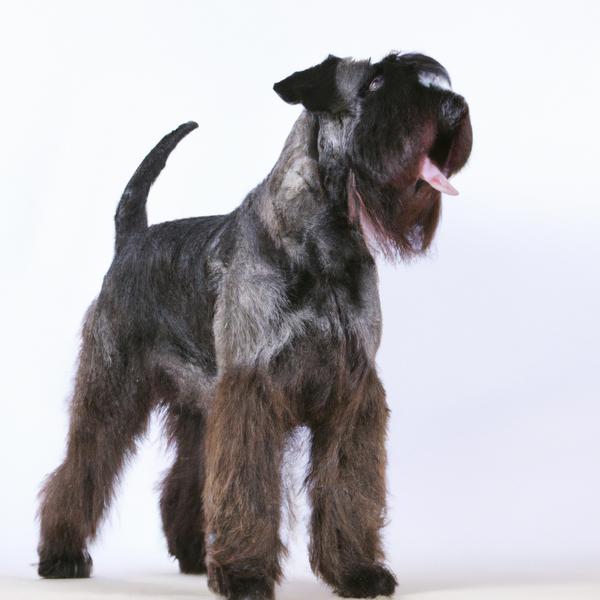
Kerrblushcnauz
German Shorthaired Pointer vs Kerrblushcnauz

Malinois X
German Shorthaired Pointer vs Malinois X
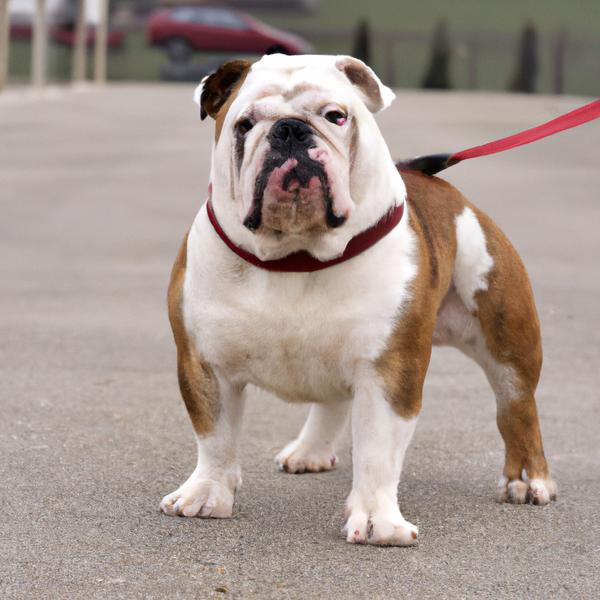
Free-Lance Bulldog
German Shorthaired Pointer vs Free-Lance Bulldog
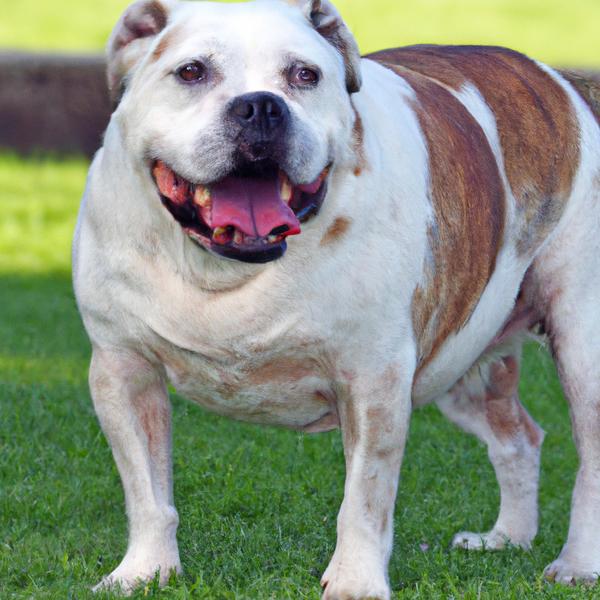
Olde Double Bully
German Shorthaired Pointer vs Olde Double Bully
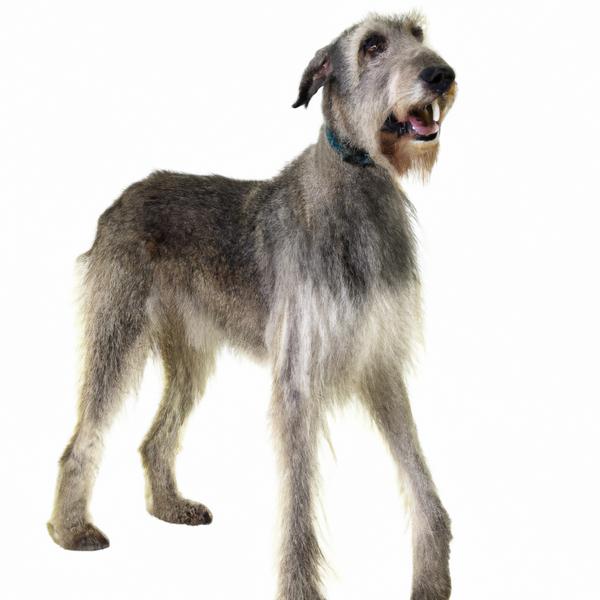
Scottish Deerhound
German Shorthaired Pointer vs Scottish Deerhound
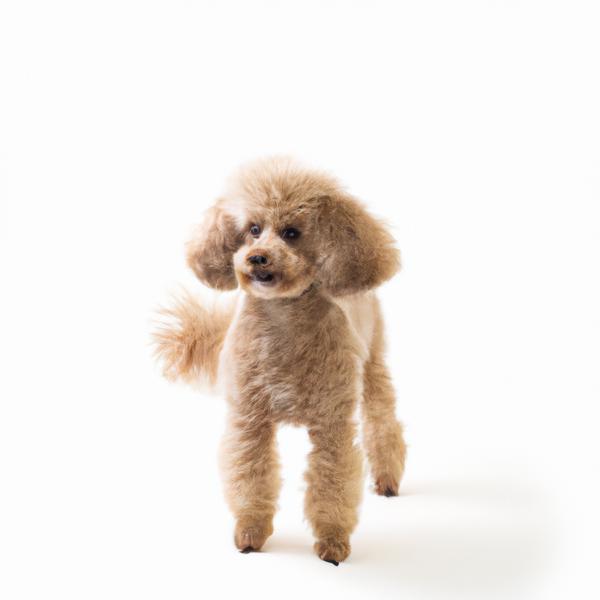
Poogle
German Shorthaired Pointer vs Poogle
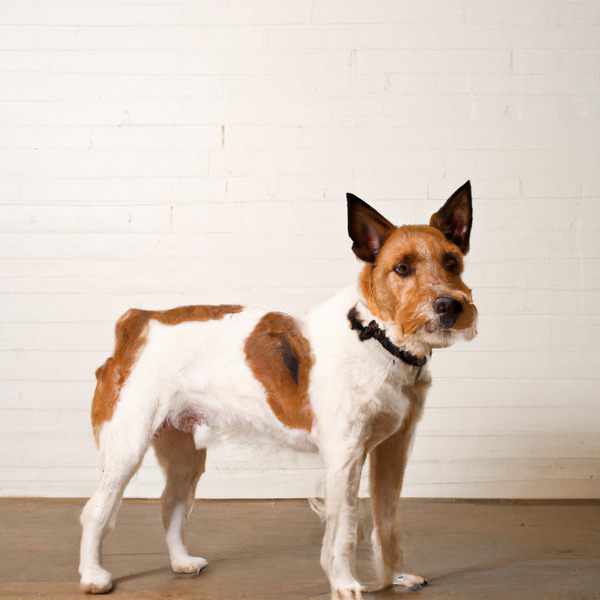
Teddy Roosevelt Terrier
German Shorthaired Pointer vs Teddy Roosevelt Terrier
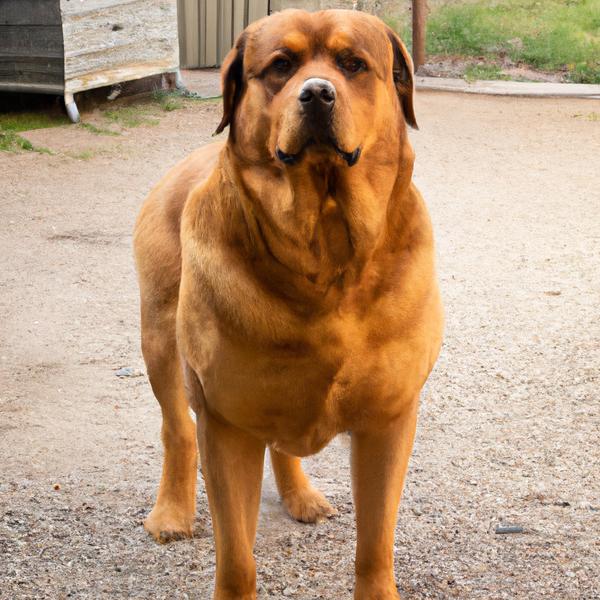
Golden Rottie Retriever
German Shorthaired Pointer vs Golden Rottie Retriever
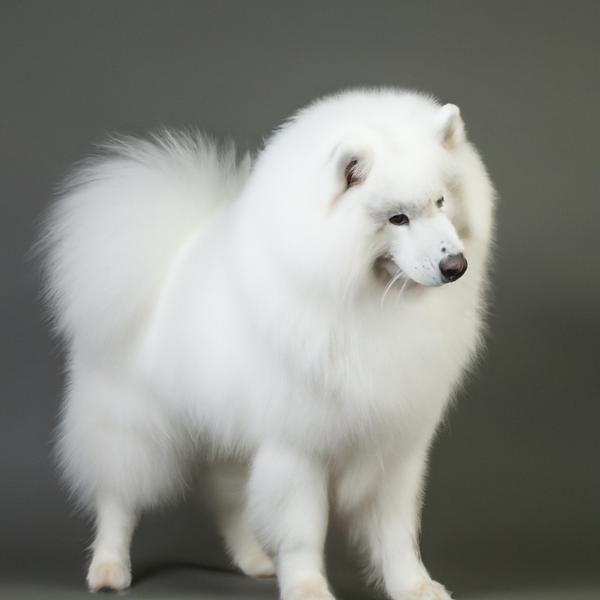
Samoyed
German Shorthaired Pointer vs Samoyed
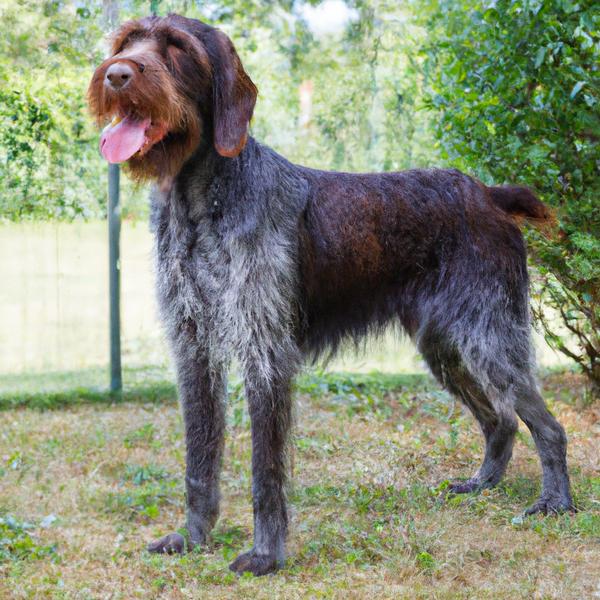
German Wirehaired Sprointer
German Shorthaired Pointer vs German Wirehaired Sprointer
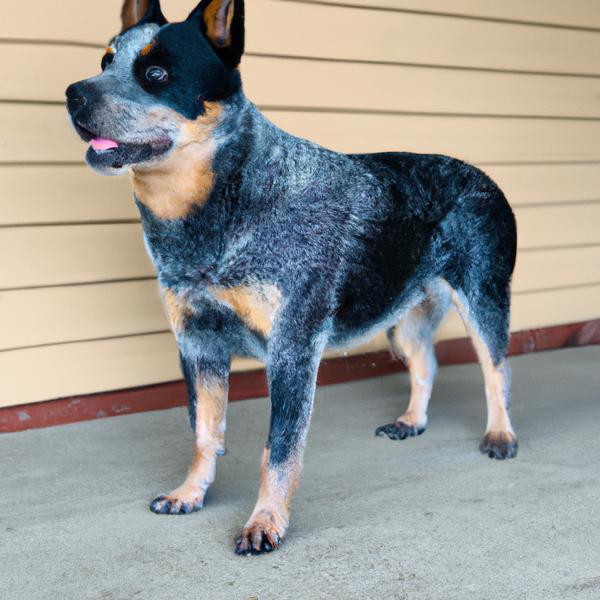
Australian Cattle Dog
German Shorthaired Pointer vs Australian Cattle Dog
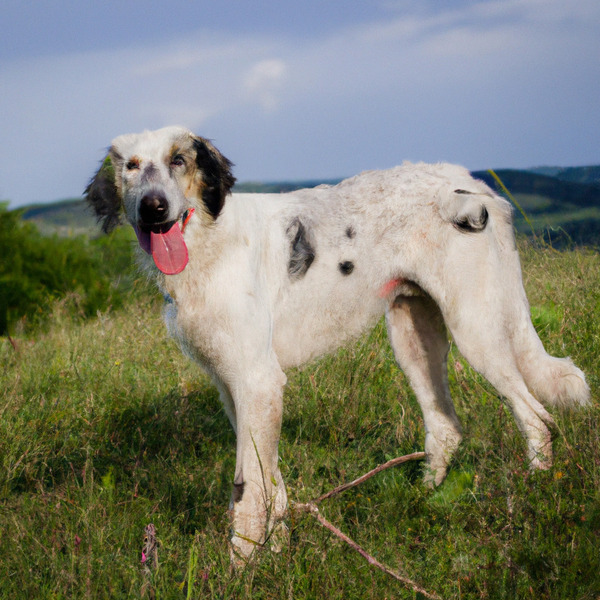
Slovensky Kopov
German Shorthaired Pointer vs Slovensky Kopov
